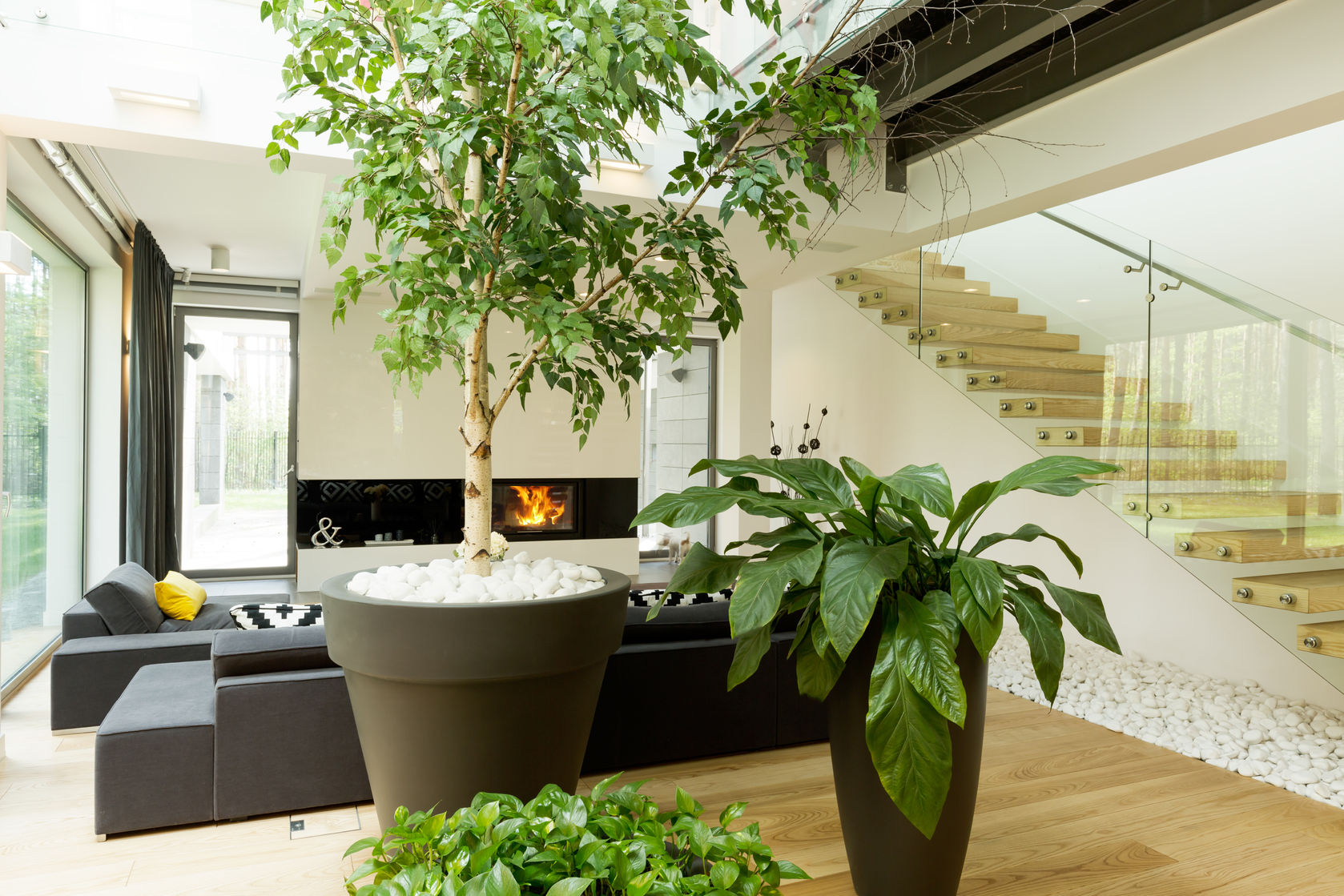Indoor Plant Care: Tips for Beginners

Are you eager to transform your home into a lush, green oasis, but worried you might have a "black thumb"? Fret not! Indoor plant care isn't as daunting as it seems. Think of it like adopting a pet—with a bit of patience and understanding, you'll be nurturing a thriving indoor garden in no time. Let's dive into the ultimate beginner's guide to indoor plant care, packed with tips to turn your urban jungle dreams into a reality.
Understanding Your Indoor Garden
Before we dive into the nitty-gritty of houseplant maintenance, let's understand what makes indoor gardening unique. Unlike outdoor plants, indoor plants rely entirely on you for their survival. They can't catch the rain or soak up the sun—you're their lifeline. But don't let that intimidate you. With the right plant care guide, you'll be amazed at how resilient and rewarding indoor plants can be.
Choosing the Right Plants
Just like not all pets are suitable for first-time owners, not all plants are ideal for beginners. Start with hardy, low-maintenance plants that can tolerate a bit of neglect. Some great starter plants include:
- Snake Plant (Sansevieria)
- Pothos (Epipremnum aureum)
- Spider Plant (Chlorophytum comosum)
- ZZ Plant (Zamioculcas zamiifolia)

Mastering the Basics of Indoor Plant Care
Now that you've picked your plants let's get down to business. Here are the key elements of indoor plant care for beginners.
Light: The Fuel for Your Plants
Light is to plants what food is to us—essential. Different plants have different light requirements, so it's crucial to understand what your plant needs. Here's a simple breakdown:
- Direct Light: Some plants love basking in the sun. Place these in south-facing windows.
- Indirect Light: Many indoor plants prefer bright, indirect light. East- or west-facing windows are perfect for these.
- Low Light: Some plants thrive in the shade. These can be placed in north-facing windows or even in rooms without direct sunlight.
Water: The Lifeblood of Your Plants
Watering seems simple, right? Wrong. Overwatering is the number one killer of houseplants. Here's a golden rule: it's better to underwater than overwater. Stick your finger about an inch into the soil. If it feels dry, it's time to water.
Pro Tip:
Most plants prefer room temperature water. Too cold or too hot can shock their roots.
Humidity: The often-forgotten Factor
Many indoor plants originate from humid, tropical environments. If the air in your home is dry, you might need to provide extra humidity. Grouping plants together, using a humidifier, or placing a tray of water near your plants can help.
Soil and Fertilizer: The Foundation of Growth
Good soil is the backbone of healthy plants. Most indoor plants prefer well-draining soil. Adding perlite or sand to your potting mix can help with this. As for fertilizer, most plants only need it during their growing season (spring and summer). A balanced, water-soluble fertilizer diluted to half strength is usually sufficient.
Troubleshooting Common Problems
Even with the best care, problems can arise. But don't worry, most issues are fixable.
Yellowing Leaves
Yellow leaves can indicate overwatering, underwatering, or too much light. Check your watering habits and light conditions to pinpoint the problem.
Brown, Crispy Leaves
This usually indicates underwatering or low humidity. Give your plant a good drink and consider ways to increase humidity.
Drooping Leaves
Drooping leaves can signal both overwatering and underwatering. Check the soil moisture to determine the cause.

Propagation: Multiply Your Green Friends
Propagation is a fun and rewarding aspect of indoor gardening. It's like having plant babies! Many common houseplants, like Pothos and Spider Plants, are easy to propagate. You can start with stem cuttings in water or soil, or by division.
Designing Your Indoor Jungle
Part of the fun of indoor gardening is creating a beautiful, green space. Mix and match plants of different sizes, textures, and colors. Use shelves, hanging planters, and plant stands to maximize space. Let your creativity run wild!
Embrace the Journey
Remember, every expert was once a beginner. Don't be disheartened if you lose a plant or two. It's all part of the learning process. With each plant, you'll gain more knowledge and confidence.
Conclusion: Growing Together
Indoor plant care for beginners is more than just a hobby—it's a journey of growth and discovery. You're not just taking care of plants; you're cultivating life and beauty in your home. So, what are you waiting for? Get your hands dirty and let's grow together!
FAQs
What are the best plants for low light conditions?
- Some of the best low light plants include the Snake Plant, ZZ Plant, and Pothos.
How often should I repot my plants?
- Repotting needs vary by plant, but a good rule of thumb is to repot when the plant becomes root-bound or every 1-2 years.
Why are the tips of my leaves turning brown?
- Brown leaf tips can indicate underwatering, low humidity, or too much fertilizer.
Can I use tap water for my plants?
- Tap water can contain chemicals like chlorine that can harm plants. It's best to use filtered water or rainwater.
How can I tell if my plant is getting too much light?
- Signs of too much light include faded or bleached leaves, brown spots, or leaves curling away from the light source.
For further reading, check out these authoritative resources:
0 Response to "Indoor Plant Care: Tips for Beginners"
Post a Comment